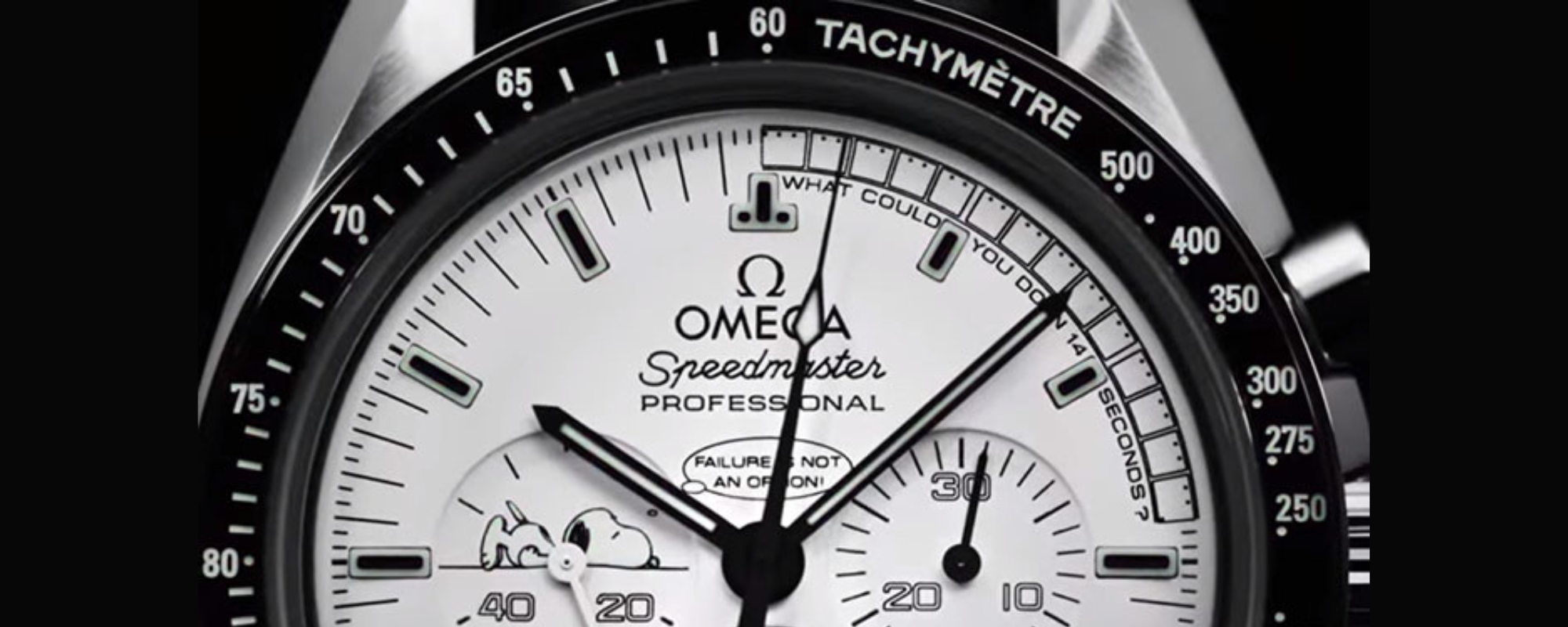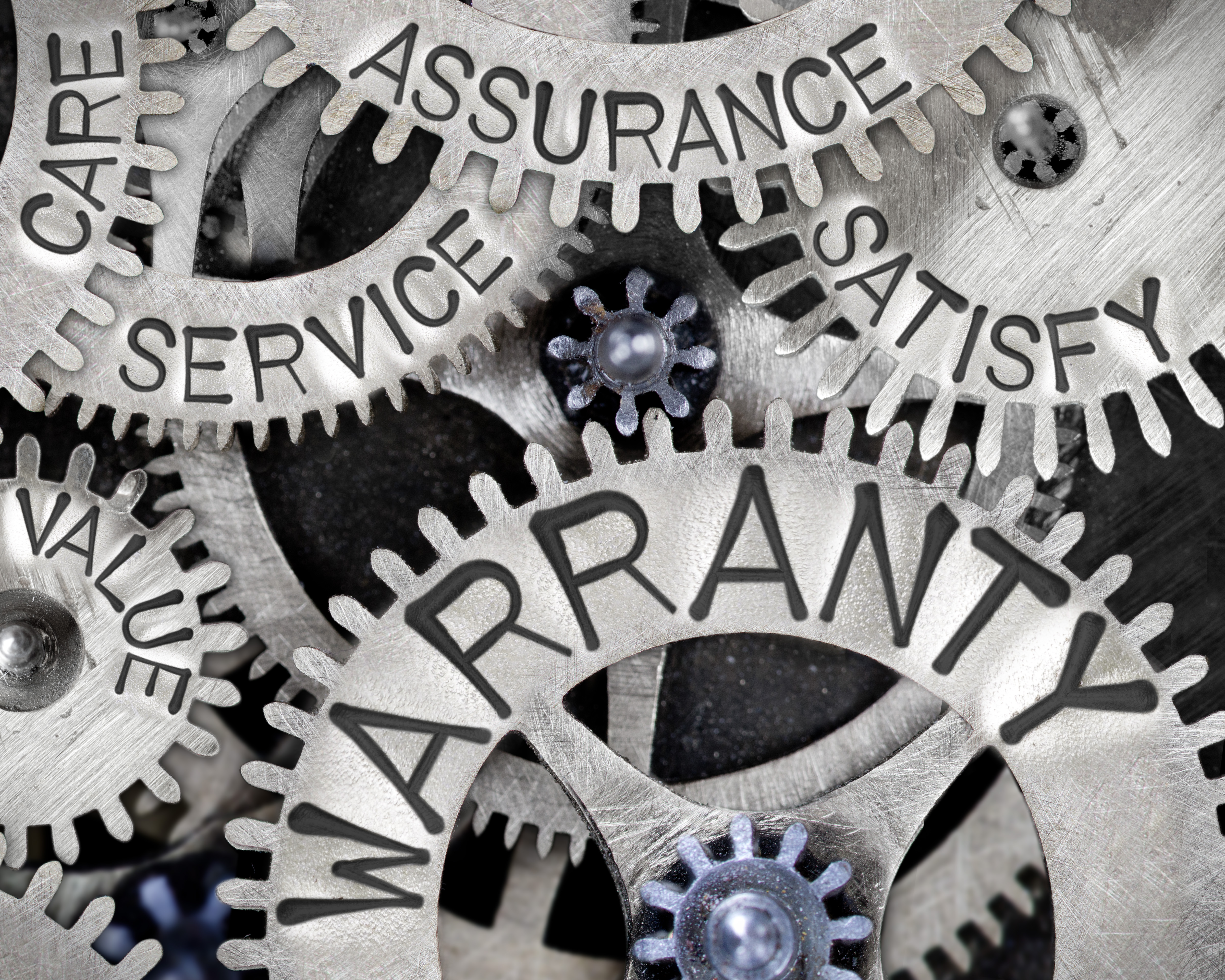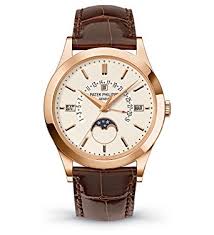Wristwatches — especially those crafted by prestigious Swiss brands — are not just stylish time indicators ⌚️. They are also highly functional instruments that blend mechanical precision with practical applications. Among the many useful complications found in watches, one stands out for its real-world utility: the tachymeter📐
🔍 What Is a Tachymeter?
A tachymeter is a fixed scale, usually located around the edge of the dial or on the bezel, that allows the wearer to measure speed over a known distance. It is most commonly found in watches that include a chronograph complication.
📌 Basic layout:
The number 60 appears near the 12 o’clock position;
The number 120 near the 6 o’clock mark.
The scale is often labeled Tachymeter, Tachymètre, or Tachymetro, depending on the watch’s language settings.
🧭 A Bit of History
The first tachymeter-equipped timepieces date back to 1816, credited to French watchmaker Louis Moinet, who also invented the chronograph. 🚀
In the 20th century, tachymeters gained massive popularity, especially due to:
🛩 Omega Speedmaster Professional — initially created for pilots, later used by NASA astronauts.
🏎 TAG Heuer Carrera — a mainstay in professional motorsports.
🏁 Rolex Cosmograph Daytona — a legendary model among racing chronographs.
📐 How Does a Tachymeter Work?
A tachymeter function lets you measure average speed in km/h (or mph) over a fixed distance — typically 1 kilometer.
🔁 The process:
Start the chronograph at the beginning of the measured kilometer;
Stop it when you finish the kilometer;
The seconds hand will point to a number on the tachymeter scale — that number is your average speed.
📌 Example: If you drive 1 km in 30 seconds, the hand will point to 120. Your speed is 120 km/h.
⚙️ Where Is the Tachymeter Useful?
🔸 Motorsports — to measure lap speeds
🔸 Tourism & orienteering — to estimate travel pace
🔸 Logistics & delivery services — for calculating average delivery speeds
🔸 Manufacturing — to determine production rates (e.g., units per minute)
So, a tachymeter isn’t only about speed, it’s about efficiency and performance as well.
🐢 Measuring Lower Speeds?
Standard tachymeter scales typically only measure speeds of 60 km/h or faster. However, for lower speeds like 30 or 20 km/h, the tachymeter still works — it just requires:
🔁 A second or third full revolution of the chronograph hand. Many advanced models are marked accordingly.
📍 Regardless of speed, the usage method remains the same:
Start at a known point;
Stop at the endpoint;
Read the hand position on the scale.
🛡 Helpful Tips
⚠️ The type of movement (mechanical or quartz) does not affect the tachymeter’s precision — the brand’s quality and calibration do.
✅ For accurate results, you must know the exact distance being measured.
🛍 Always purchase tachymeter-equipped watches from official dealers or trusted retailers to ensure authenticity and accuracy.
💦 Never operate the chronograph underwater unless your watch is explicitly rated for underwater use — pressing the buttons can allow water to enter the case.
🏁 Final Thoughts
The tachymeter is not just a decorative scale, but a brilliant fusion of engineering and design. It has become a timeless symbol of speed, movement, and control over time. Whether you’re a pilot, a racer, an adventurer, or a collector, this function has real-world value 🌍 — and a lasting place in horological history.



